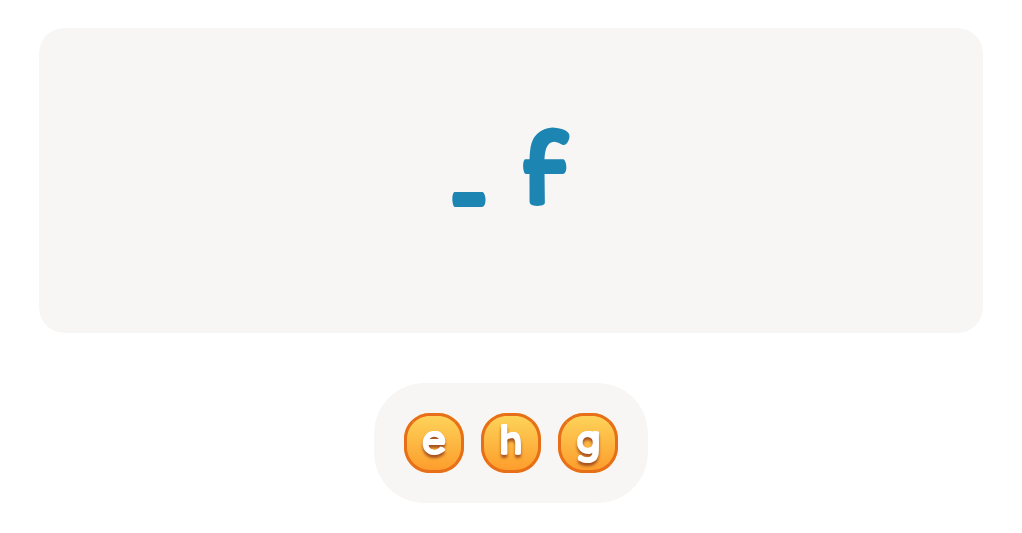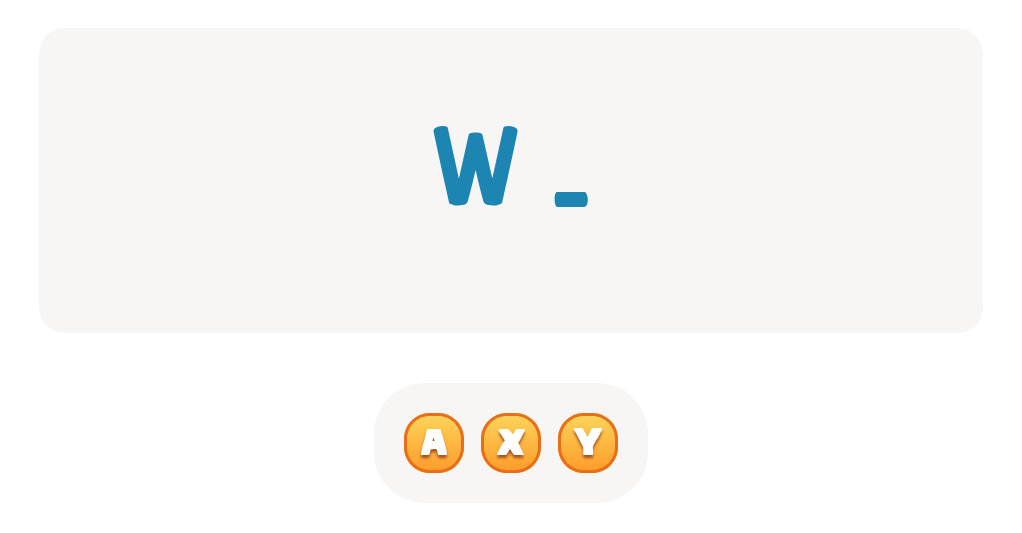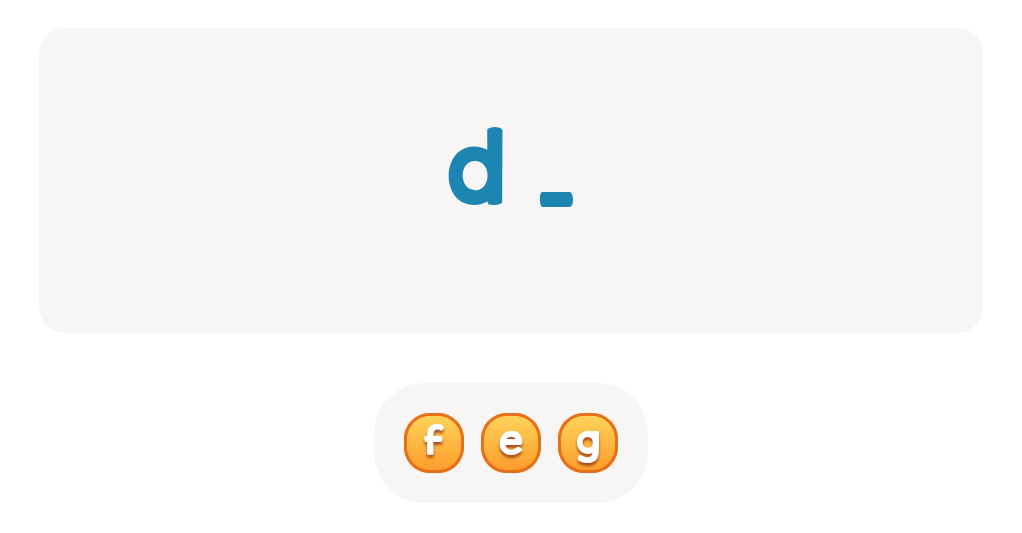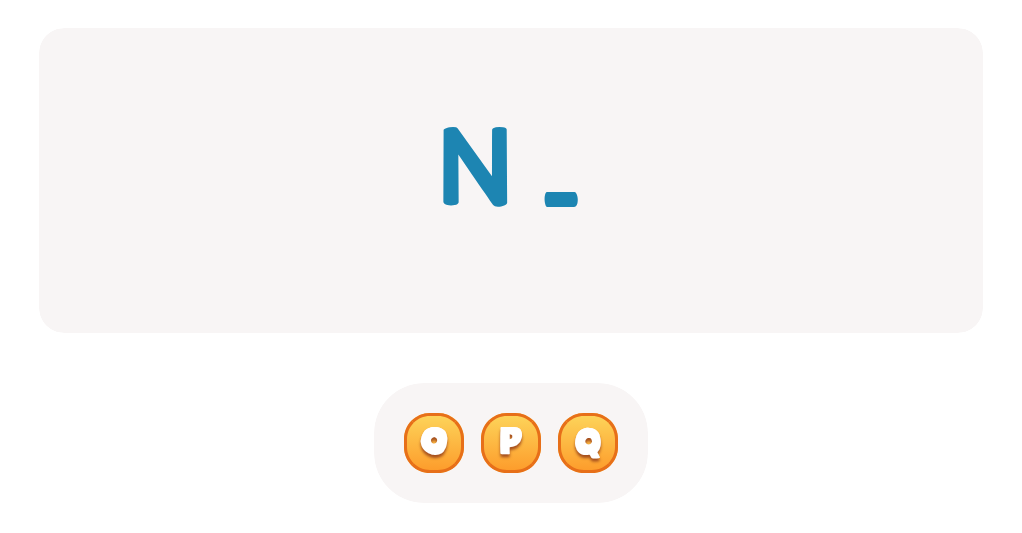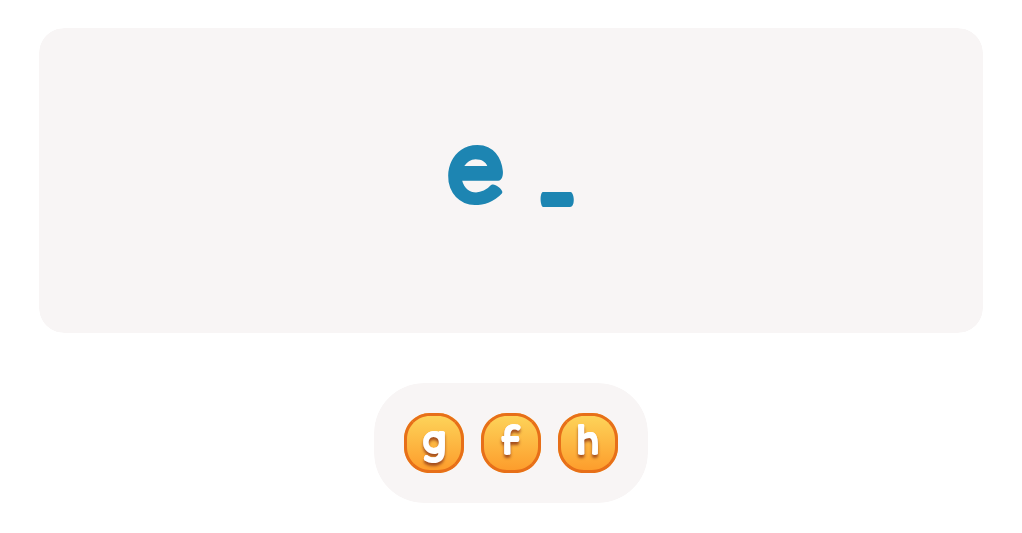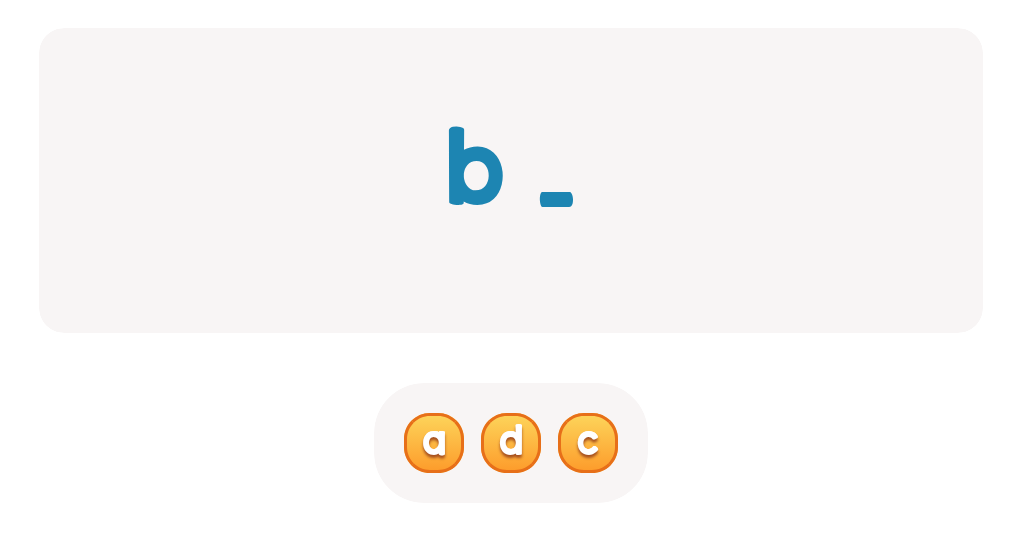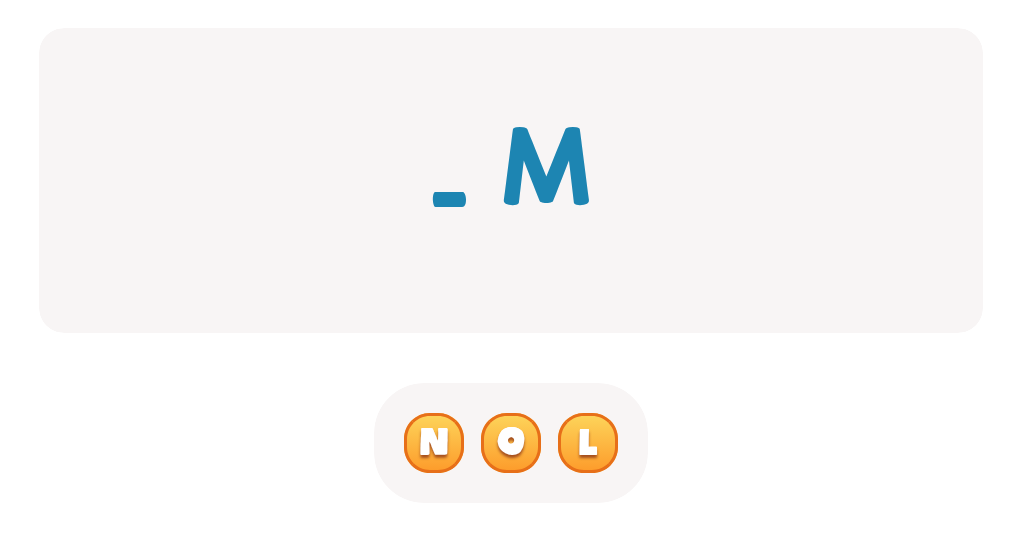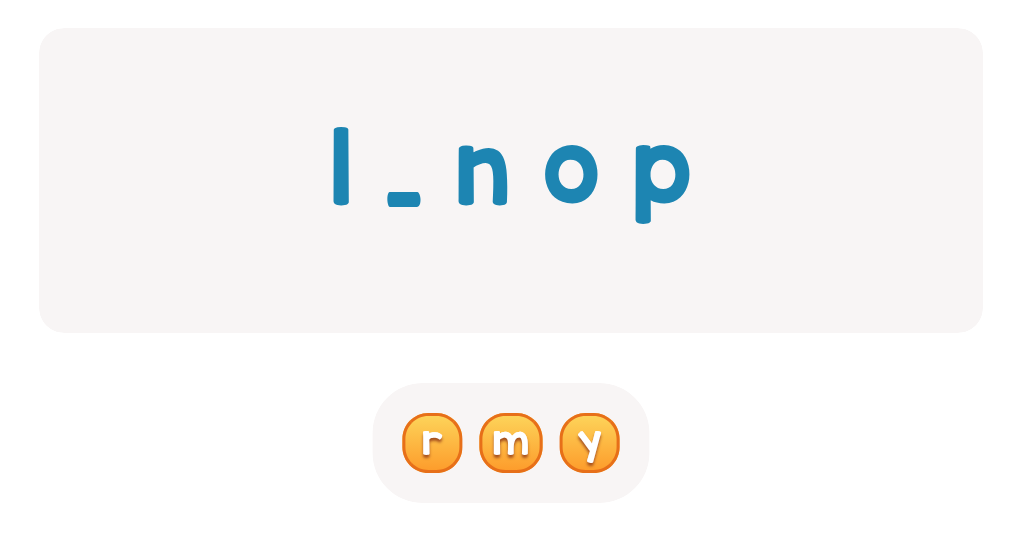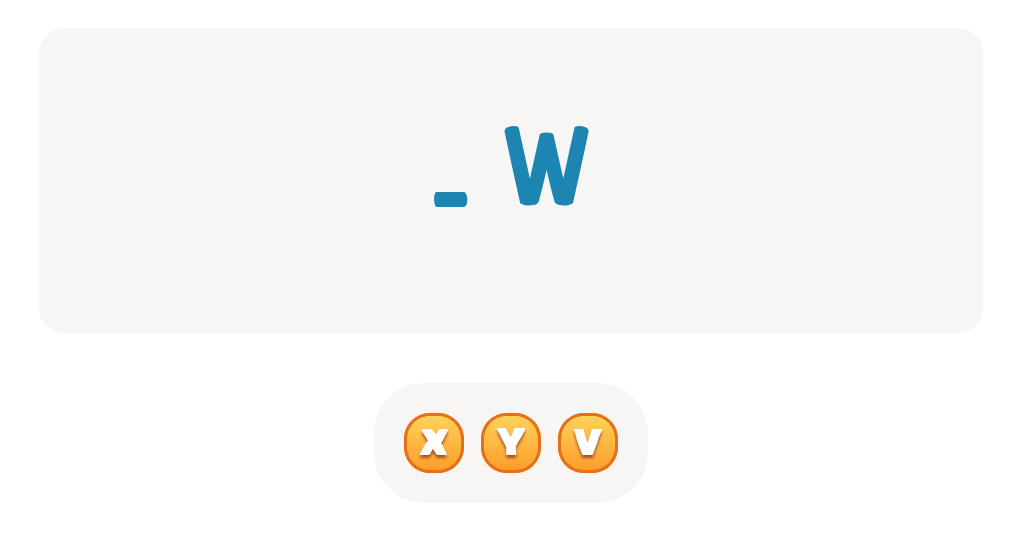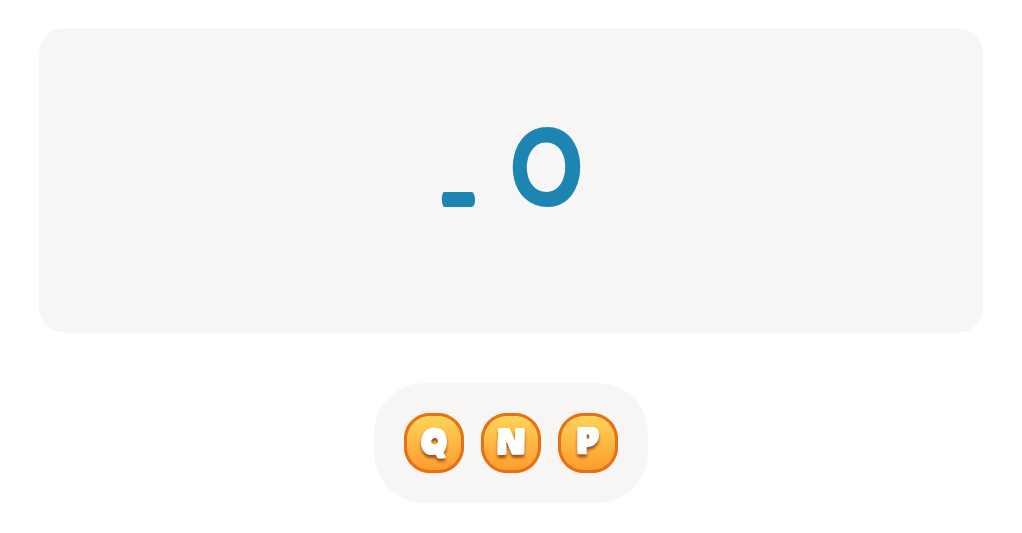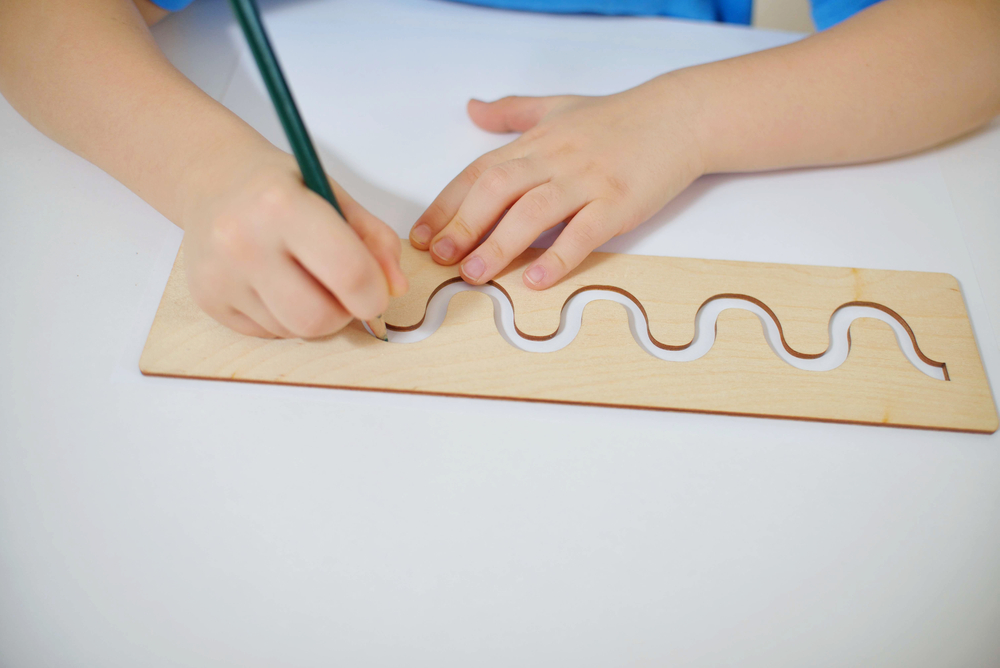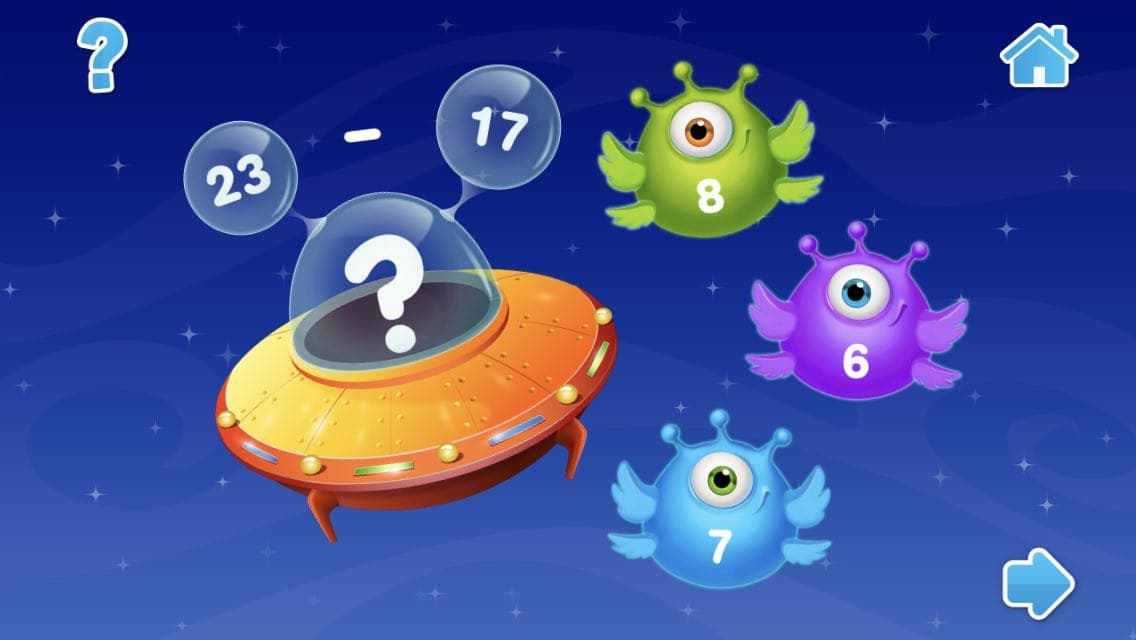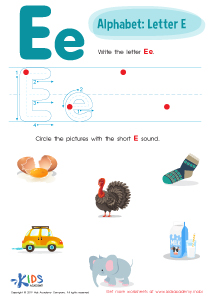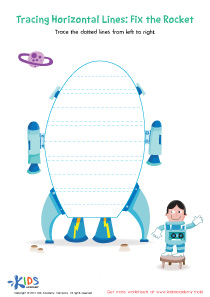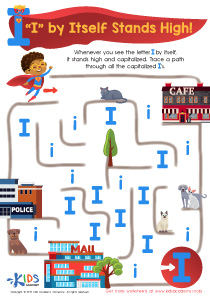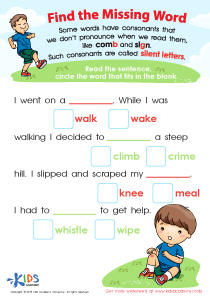Normal ABC Letters Worksheets for Ages 3-6
22 filtered results
-
From - To
Our "Normal ABC Letters Worksheets for Ages 3-6" are designed to make learning the alphabet fun and engaging for young children. Each worksheet focuses on individual letters with activities including tracing, matching, and coloring, helping kids to recognize and write letters confidently. Perfect for preschool and kindergarten ages, these worksheets promote fine motor skills, letter recognition, and early reading success. Whether used in the classroom or at home, our worksheets provide a strong educational foundation, keeping learning enjoyable and interactive for your little ones. Download now to start your child’s literacy journey confidently!
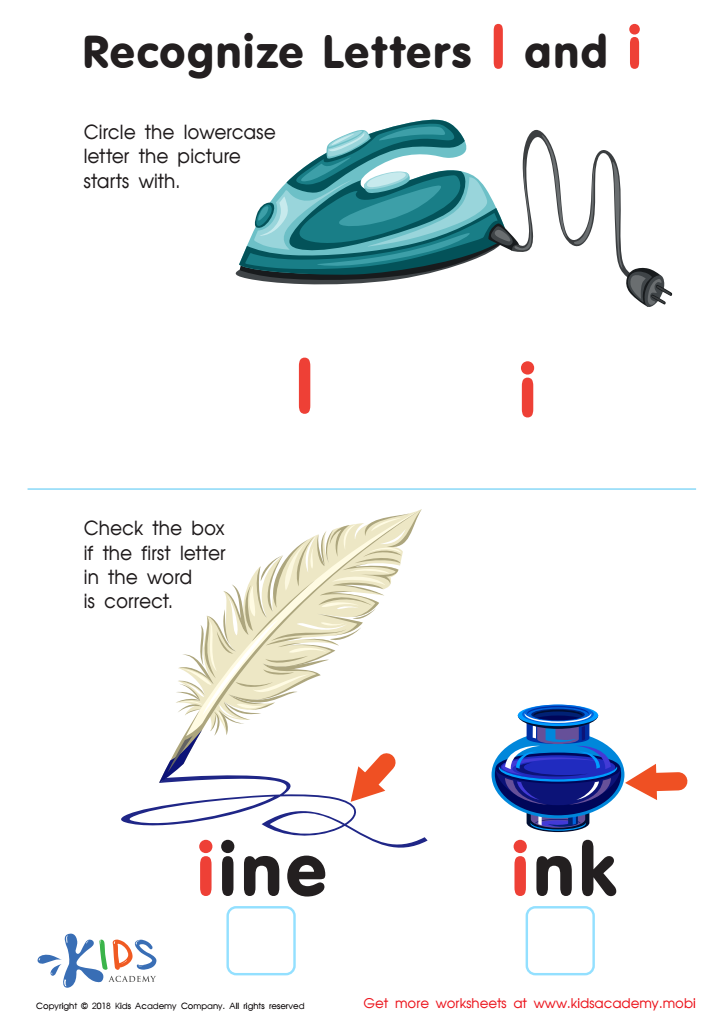

Recognize Letters l and i Worksheet
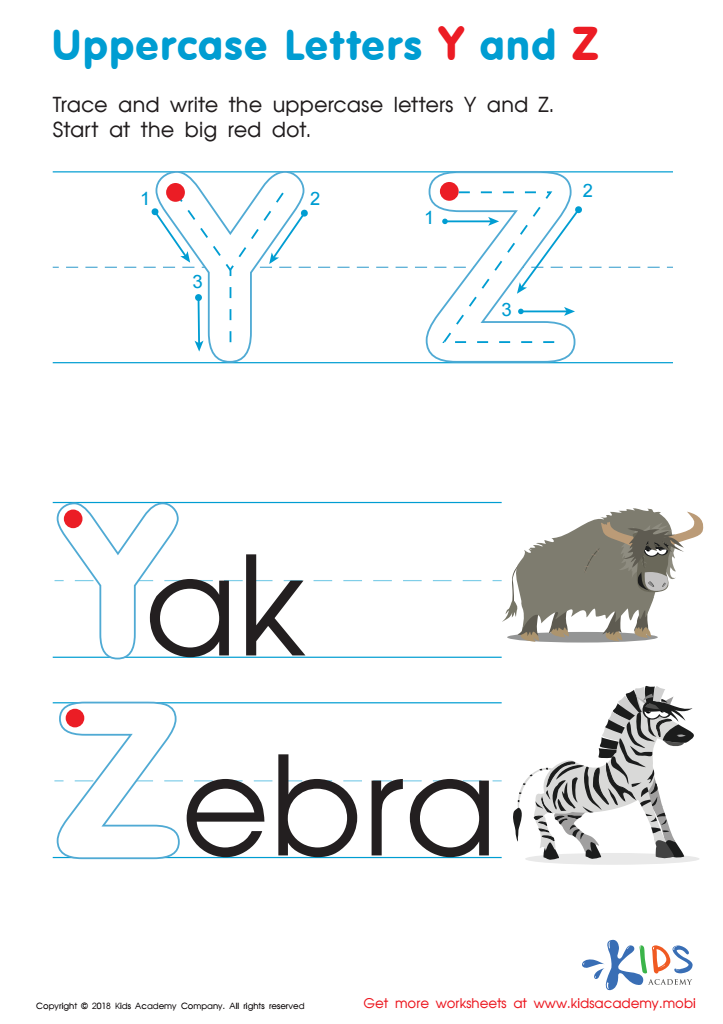

Uppercase Letters Y Z Worksheet
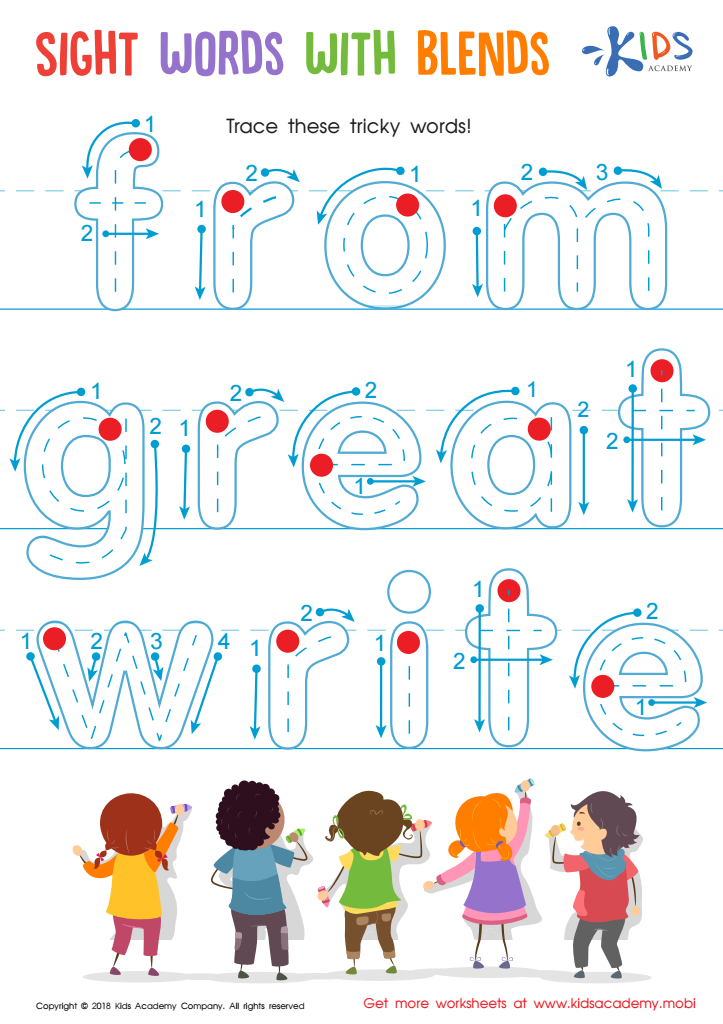

Sight Words with Blends Worksheet
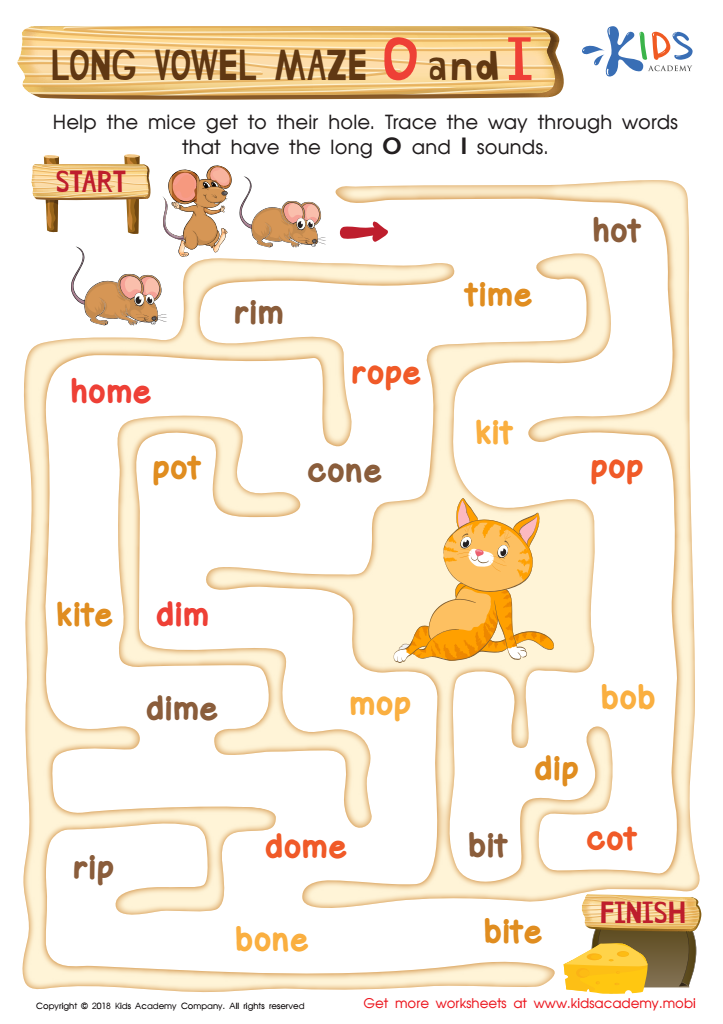

Long Vowel Maze /o/ and /i/ Worksheet
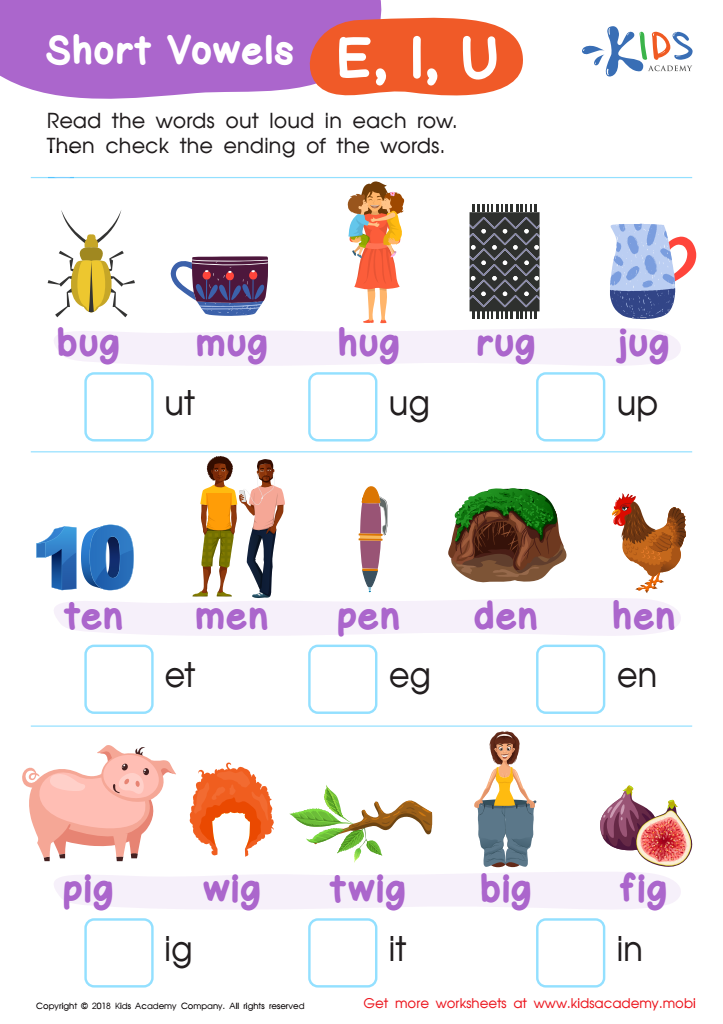

Short Vowels /e/, /i/, and /u/ Worksheet
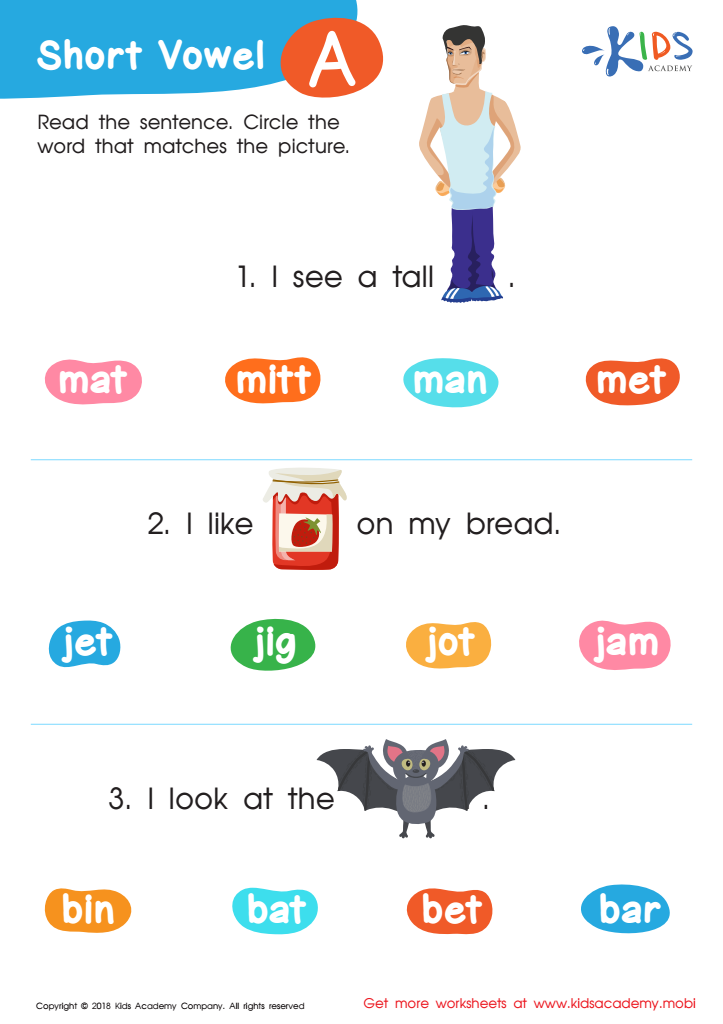

Short Vowel /a/ Worksheet
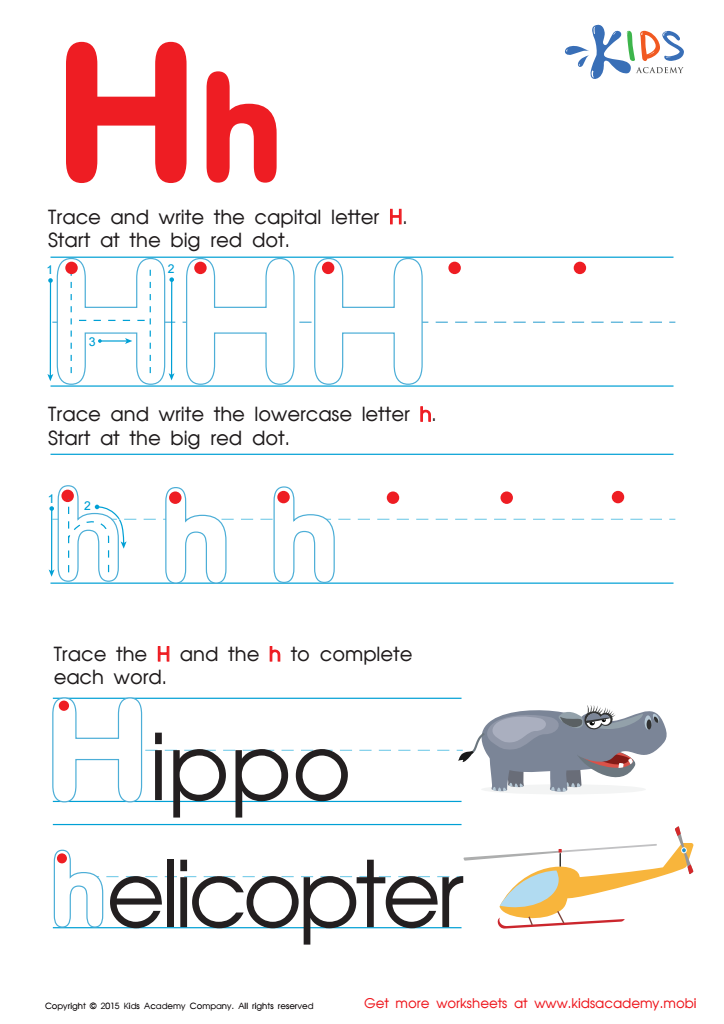

Letter H Tracing Page
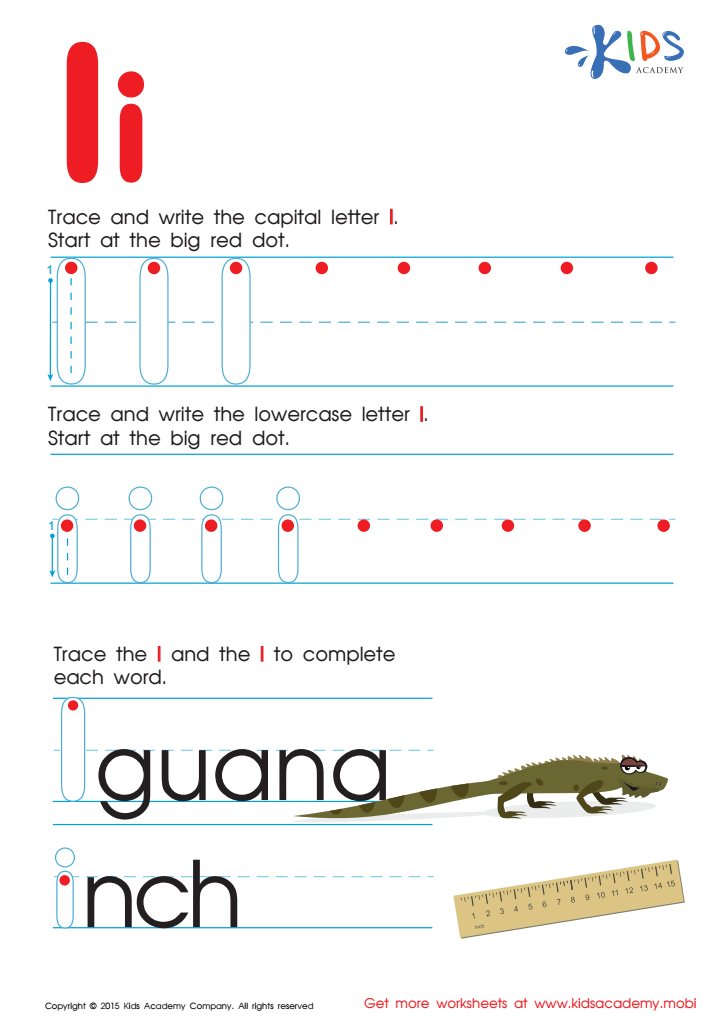

Letter I Tracing Page
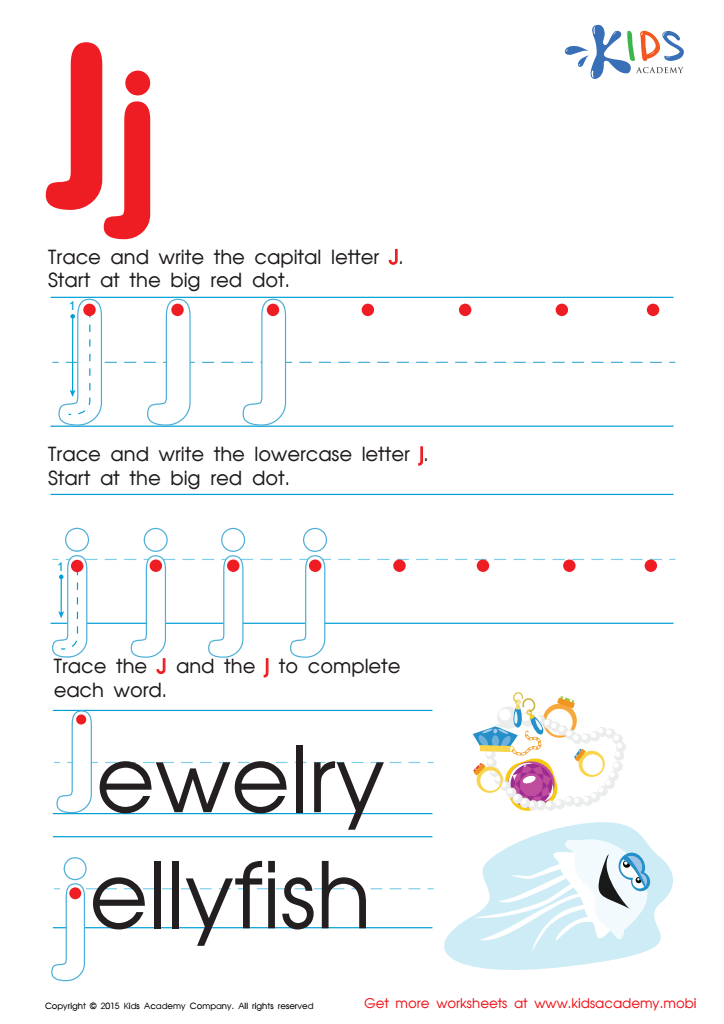

Letter J Tracing Page
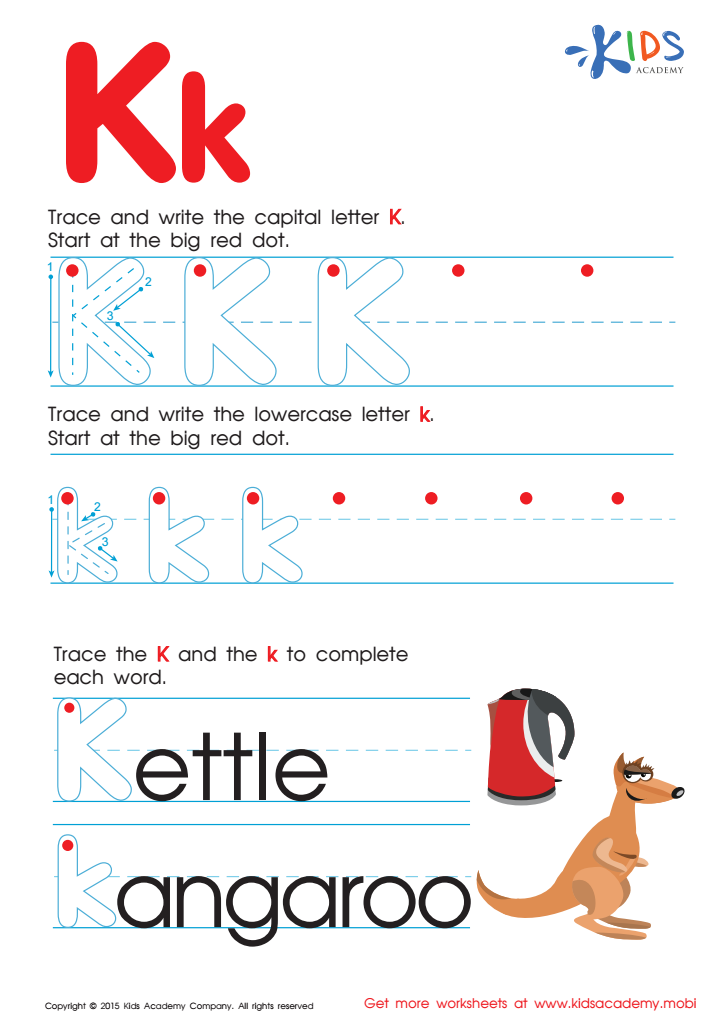

Letter K Tracing Page
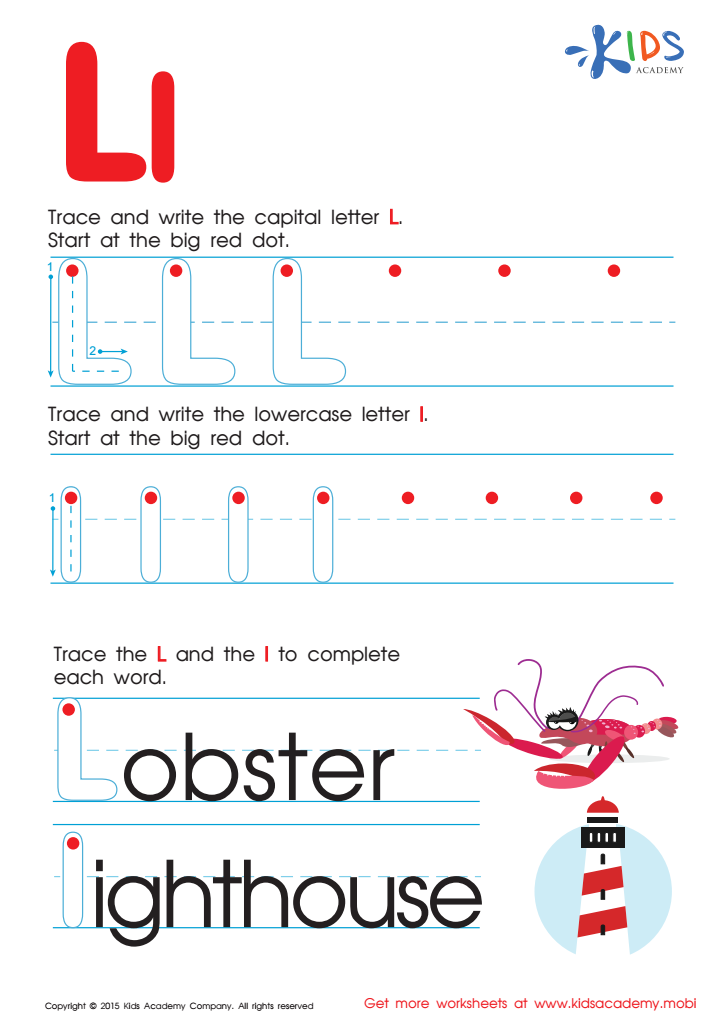

Letter L Tracing Page
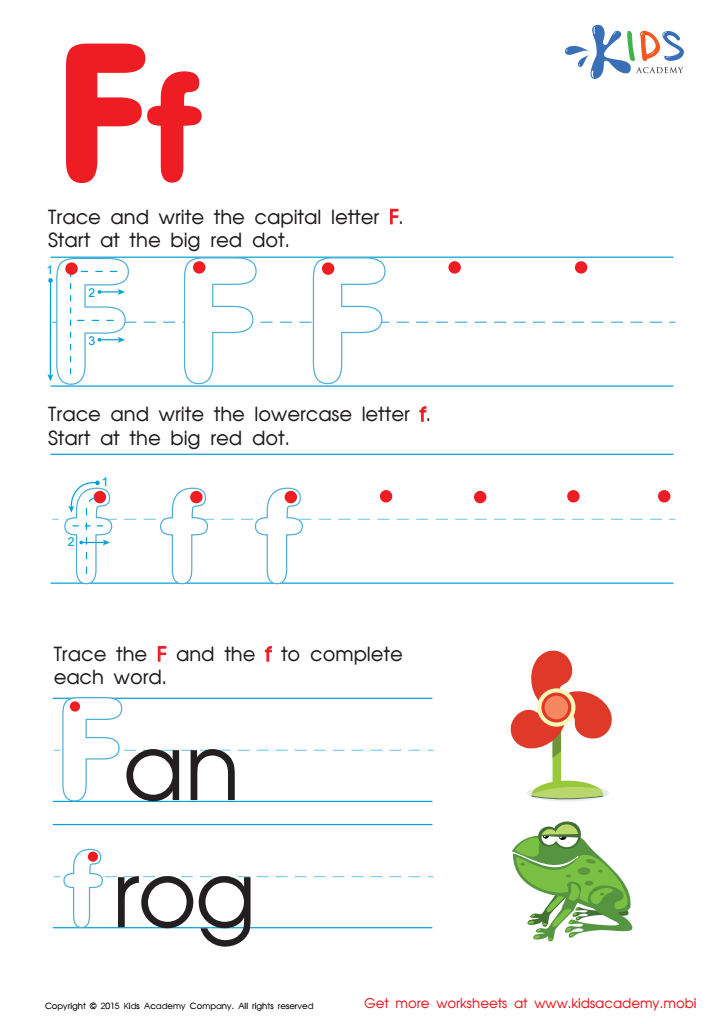

Letter F Tracing Page
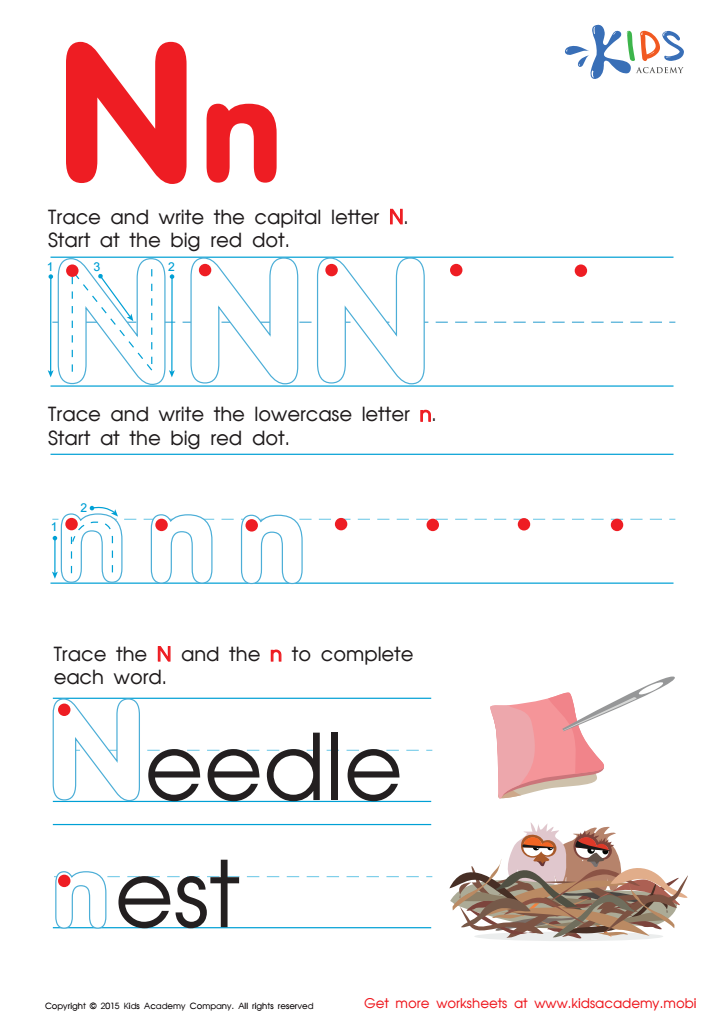

Letter N Tracing Page
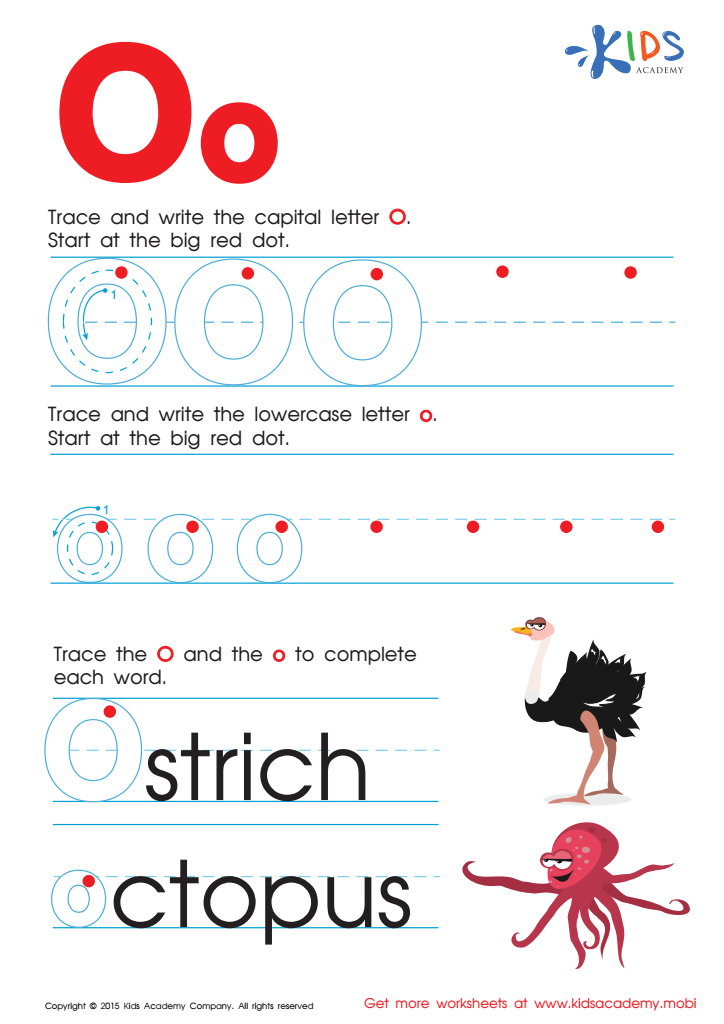

Letter O Tracing Page
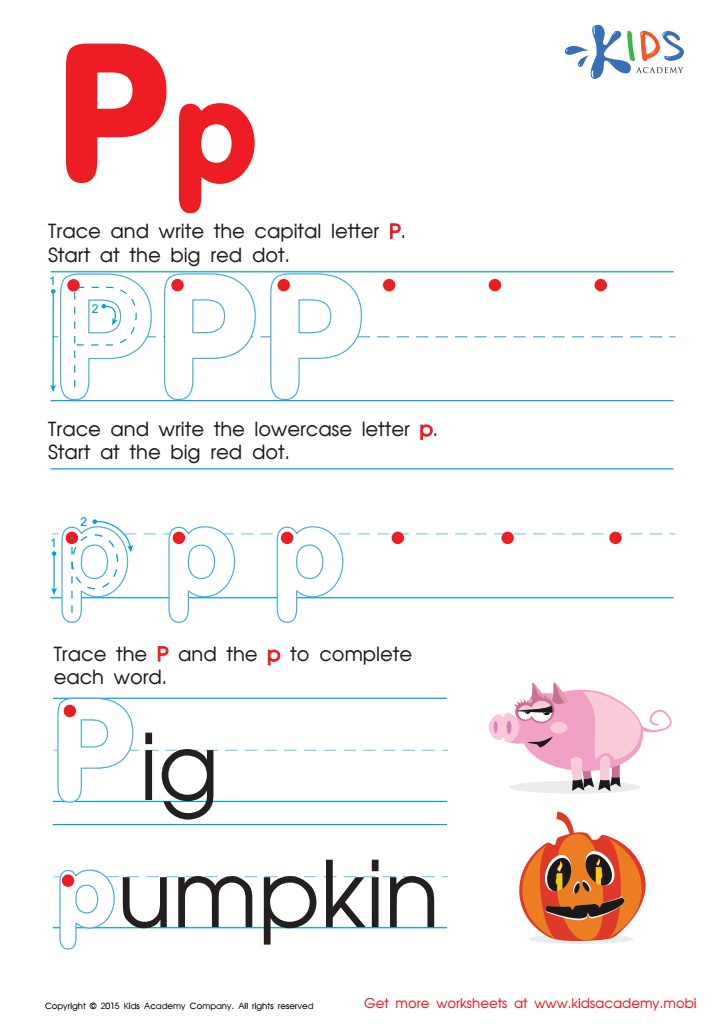

Letter P Tracing Page
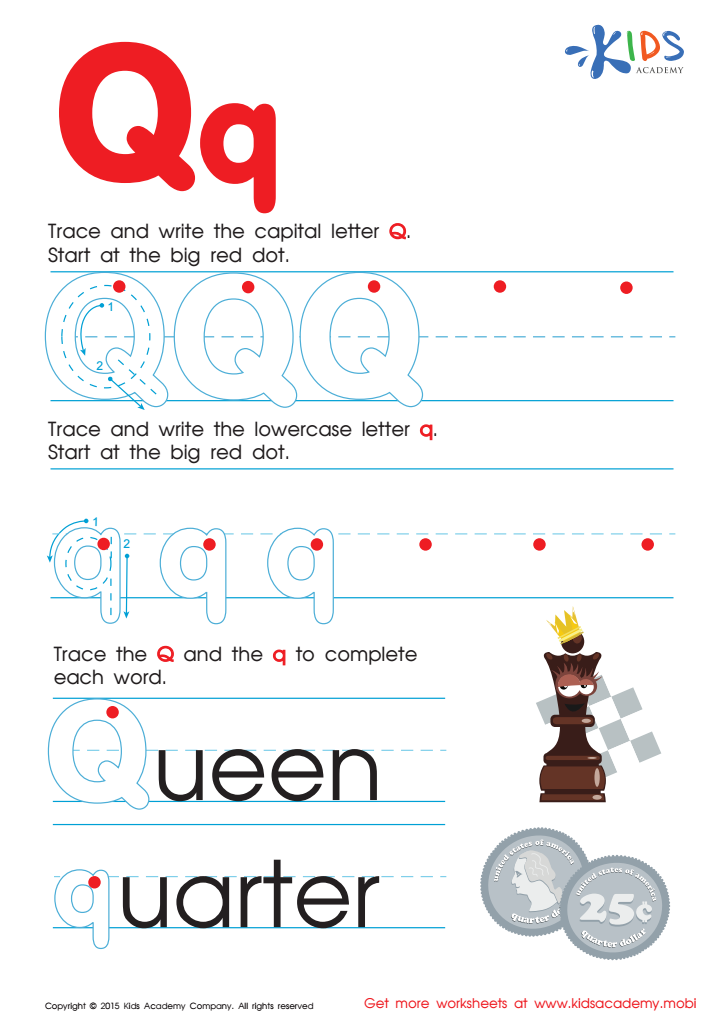

Letter Q Tracing Page
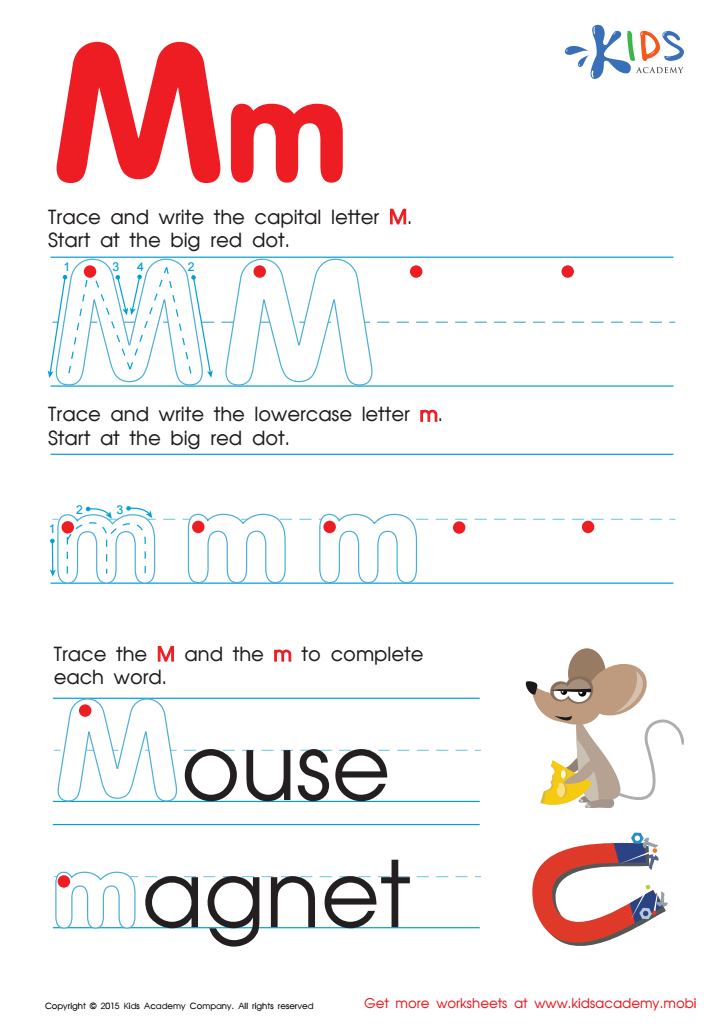

Letter M Tracing Page
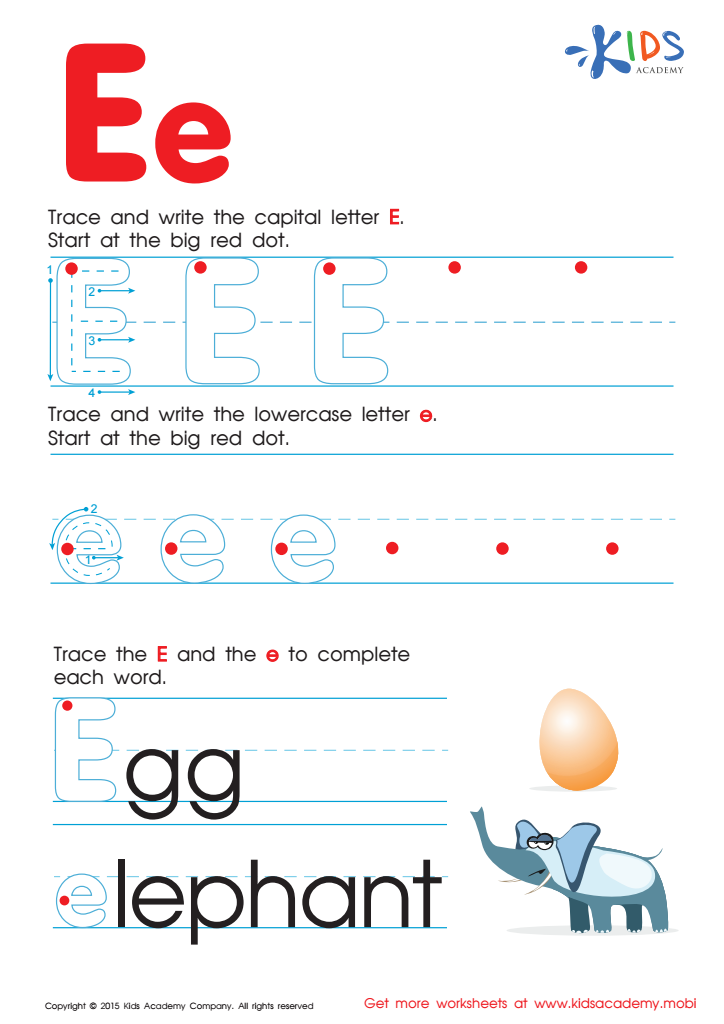

Letter E Tracing Page
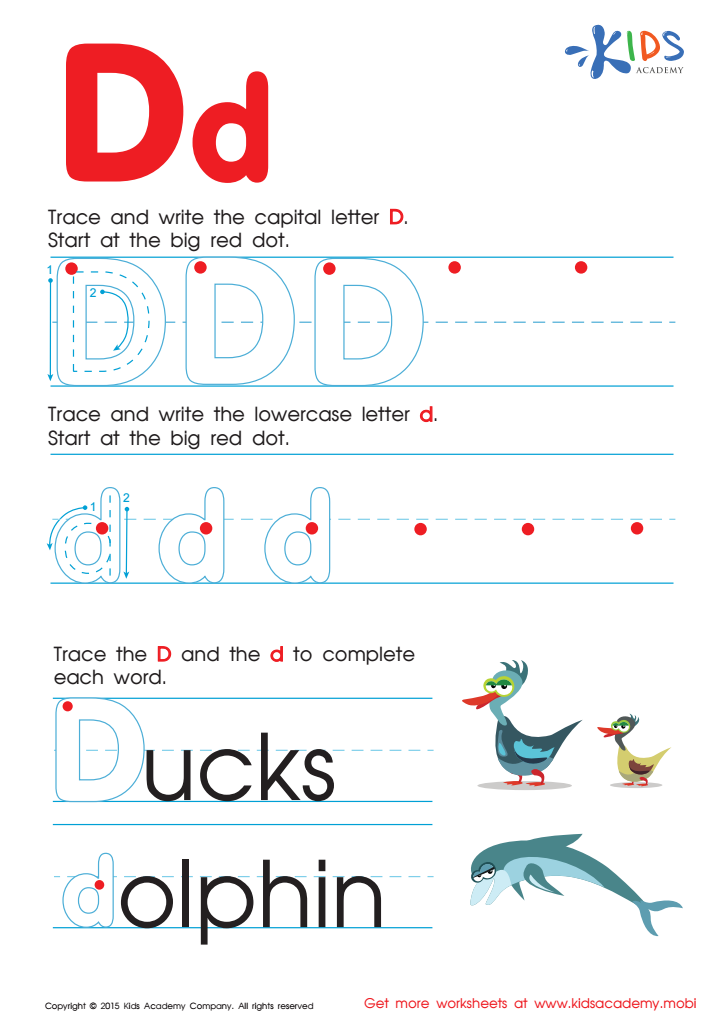

Letter D Tracing Page
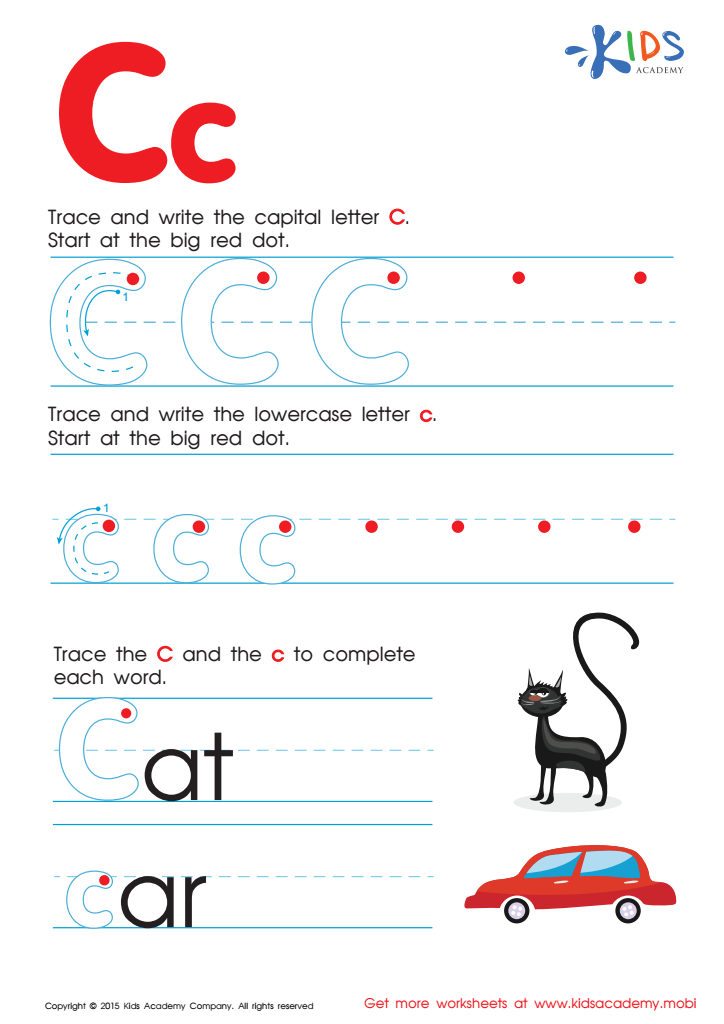

Letter C Tracing Page
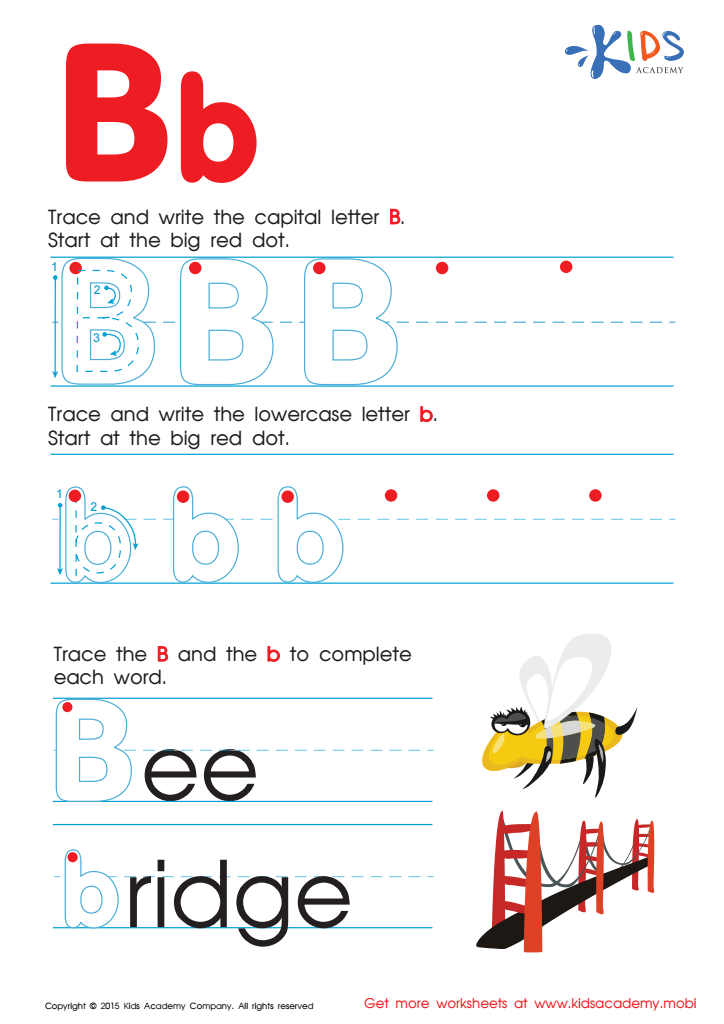

Letter B Tracing Page
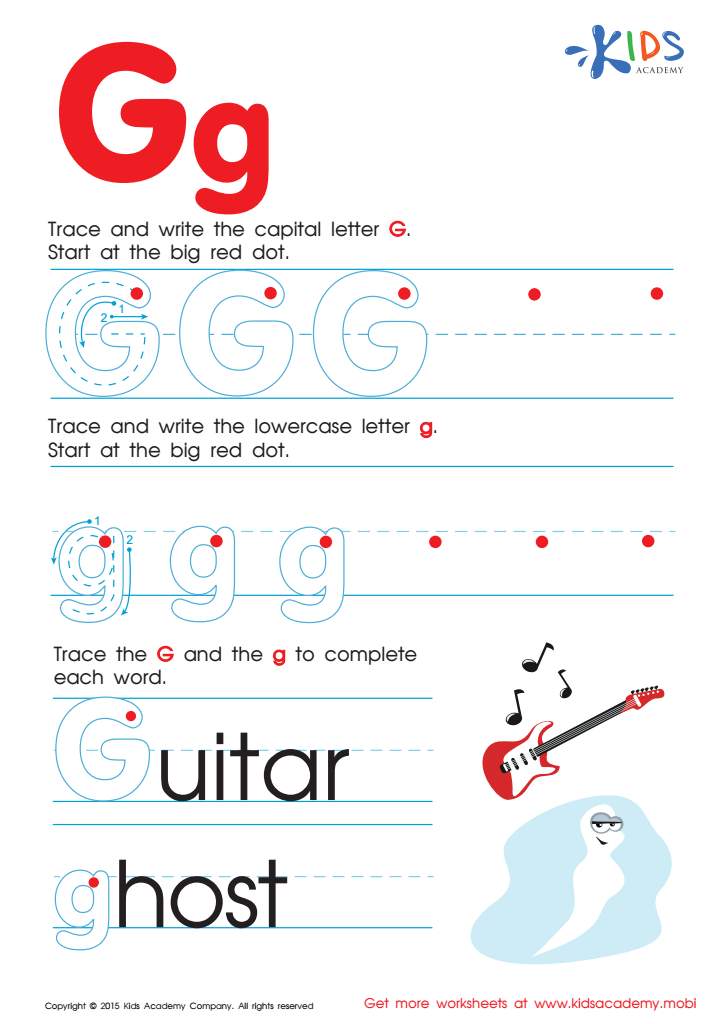

Letter G Tracing Page
Understanding normal ABC letters during the early pivotal years of ages 3 to 6 stands as a fundamental building block in a child's educational journey. Ensuring proficiency in recognizing and naming the alphabet creates a strong foundation for future learning, including reading and writing skills. At this developmental stage, young minds are particularly receptive to linguistic input, making it an optimal time to introduce and reinforce the alphabet.
Parents and teachers should care about normal ABC letters because it aids cognitive development by stimulating areas of the brain associated with language and comprehension. Familiarity with letters not only sets the stage for phonemic awareness but also fortifies memory, attention, and analytical thinking.
Moreover, early competence in the alphabet promotes confidence and a sense of achievement in young learners. It helps children make connections between spoken sounds and their corresponding symbols, an essential step in decoding words and sentences when they begin to read.
Investing attention in alphabet learning at these formative ages ensures that children enter higher grades with the requisite literacy readiness, reducing the likelihood of struggle and frustration later on. By fostering a rich, engaging environment filled with alphabetic interactions—through songs, books, and playful activities—parents and teachers can significantly enhance a child's lifelong literacy and learning path.

 Assign to My Students
Assign to My Students
